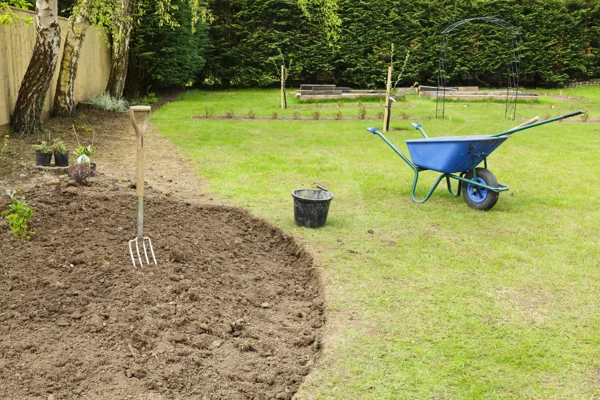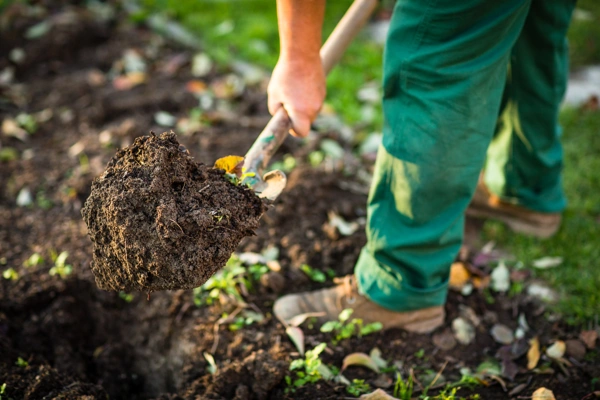How Natural Methods Prevent Soil Loss on Slopes
Erosion is a significant concern for landscapes with slopes. Rainwater can wash away soil, leading to reduced fertility and structural instability. Finding effective ways to control erosion is crucial for maintaining healthy ecosystems and protecting property values. By using natural methods, you can stabilize soils while promoting plant growth. These approaches are both sustainable and environmentally friendly, offering benefits beyond just soil retention.
Why Use Organic Materials for Soil Protection?
Using organic materials helps in retaining moisture and providing nutrients back into the soil. Mulching plays an essential role here by creating a protective layer that reduces water evaporation from the surface. This not only keeps the soil moist but also provides an environment where beneficial microorganisms can thrive. Over time, this leads to healthier plants and stronger root systems.
Advantages of Using Plant Residues
Plant residues offer multiple benefits when used as ground cover. Firstly, they provide a barrier against wind and water erosion. Secondly, they help in temperature regulation by insulating the soil during cold months and keeping it cool during summer. Lastly, residues decompose over time, adding organic matter back into the soil, thus improving its structure and nutrient content.
Understanding the Right Techniques for Effective Coverage
Choosing the right technique ensures optimal results. Begin by selecting suitable materials like wood chips or straw, which are readily available and cost-effective. Spread these evenly across your slope, ensuring that all areas receive adequate coverage without leaving gaps. Regularly check for signs of displacement, particularly after heavy rain, and replace material as needed.
Common Challenges in Maintaining Soil Stability
Maintaining soil stability on slopes comes with its set of challenges. Heavy rainfall can wash away even well-placed coverings if they are not secured properly. Moreover, steep slopes might require additional reinforcement such as netting or terracing to effectively hold the mulch in place. Addressing these challenges early helps in preserving the integrity of your landscape.
Steps to Implement Sustainable Practices
- Select appropriate organic materials based on climate and availability.
- Prepare the slope by removing debris and smoothing out uneven patches.
- Lay down materials evenly, paying attention to high-risk erosion spots.
- Secure coverings with biodegradable nets or stakes.
- Monitor regularly and replenish depleted areas promptly.
Cost Considerations for Long-Term Solutions
While there may be initial expenses involved in acquiring and laying down materials, the long-term benefits often outweigh these costs. The improvement in soil health leads to better plant productivity, reducing the need for chemical fertilizers. Additionally, preventing erosion protects infrastructure and landscaping investments, saving on future repair costs.
Get Started With Natural Erosion Solutions Today
If you’re ready to protect your landscape effectively, it’s time to implement these strategies. Located in Watertown, MA, our team at Gatica Landscaping specializes in providing eco-friendly solutions tailored to your needs. Call us at (857) 340-5188 to learn how we can help maintain your property’s beauty and functionality through sustainable practices.


